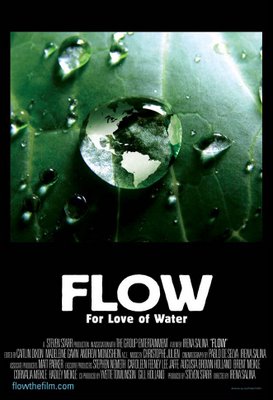Water – Use It Wisely knows the importance of water conservation and they know how to get the message out. This Arizona-based organization has won many state, national and international awards for their innovative water conservation campaigns.

Started in 1999, Water – Use It Wisely was launched to promote awareness of the growing water concern in the state of Arizona. Soon after, their water conservation campaign grew to the many of Arizona’s cities.
Today, Water – Use It Wisely is one of the leading water conservation educational outreach programs in the world, with over 400 towns, cities, states, utilities and public and private organizations having adopted their program. Even more impressive, Lowe’s and Home Depot have been featuring the Water – Use It Wisely campaign within their stores for months.
Water – Use It Wisely has been recognized by prestigious awards including; the Telly Awards, Utility Communicators Awards and the Concordia Awards. They know how to get the word out and they recognize the importance for all of us to get involved.
Check out their website here and you’ll find a fantastic portal to a great deal of water-related information, ways to get involved, 100 methods of conserving water, links to other organizations and companies and many other helpful resources. What makes Water – Use It Wisely unique? They not only want to get the word out about water-related issues, but they give you proactive ways for you to make a difference.
We here at WaterDrop are excited to have formed a partnership with Water – Use It Wisely. Like us, they recognize that water affects us all and that we all can make a difference.















Recent Comments